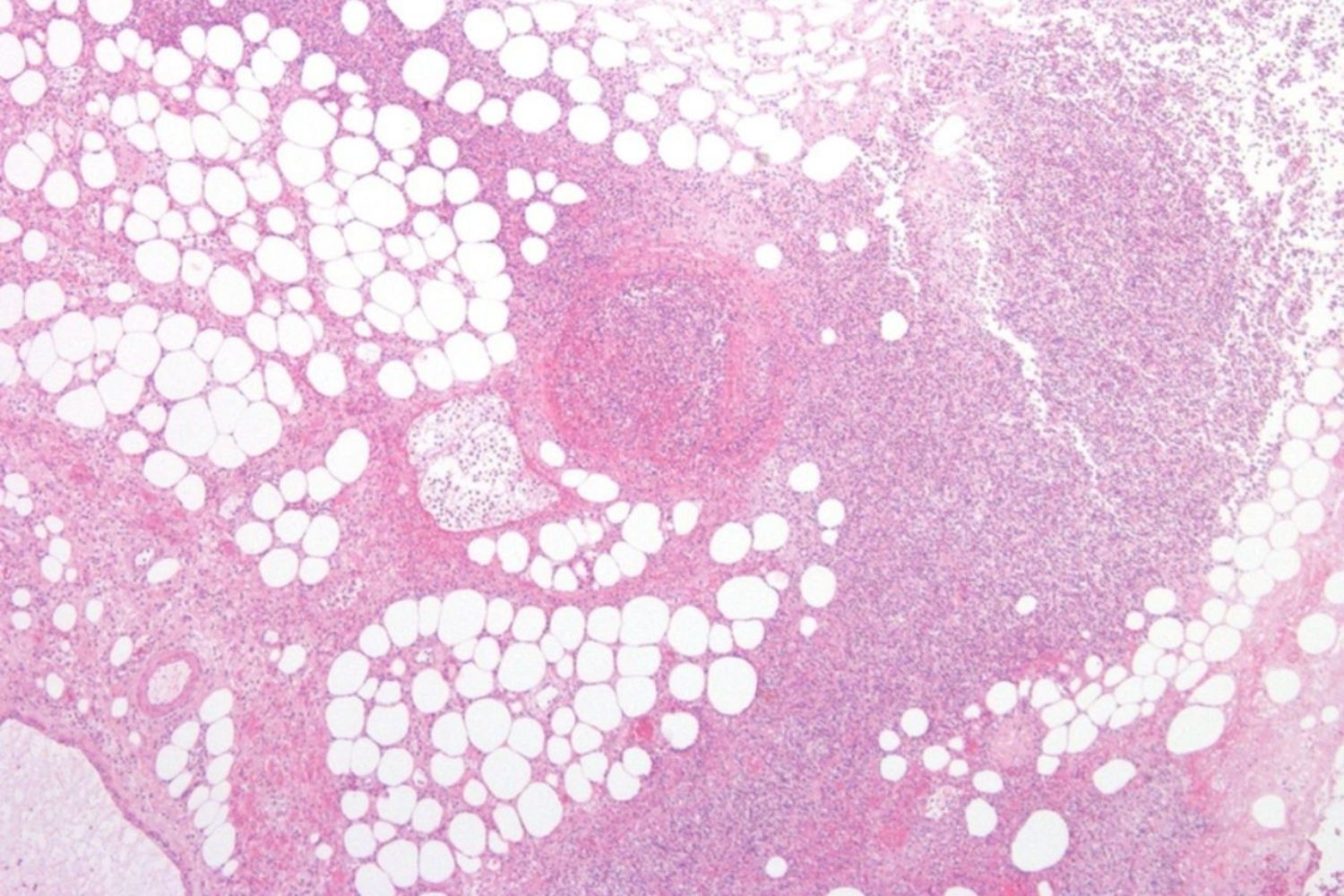
Fournier's Gangrene is a rare but serious bacterial infection that affects the genital, perineal, and perianal regions. What causes Fournier's Gangrene? This condition typically arises from a combination of factors including trauma, surgery, or infections in the urinary tract or gastrointestinal system. It progresses rapidly, leading to tissue death and systemic toxicity. Early symptoms might include pain, swelling, and redness in the affected area, often accompanied by fever and malaise. Immediate medical attention is crucial for survival, as the infection can spread quickly. Treatment usually involves antibiotics and surgical removal of dead tissue. Understanding the causes, symptoms, and treatments can help in recognizing and addressing this life-threatening condition promptly.
What is Fournier's Gangrene?
Fournier's Gangrene is a rare but severe bacterial infection that affects the genital, perineal, and perianal regions. It spreads rapidly and can be life-threatening if not treated promptly. Here are some crucial facts about this condition.
- Named after French venereologist Jean Alfred Fournier, who described it in 1883.
- Primarily affects men, but women and children can also be affected.
- Often involves a mix of aerobic and anaerobic bacteria.
- Diabetes is a significant risk factor.
- Alcoholism can increase susceptibility.
- Immunocompromised individuals are at higher risk.
- Symptoms include severe pain, swelling, and redness.
- Can lead to tissue death (necrosis).
- Requires immediate medical attention.
- Early diagnosis improves survival rates.
Causes and Risk Factors
Understanding the causes and risk factors can help in early detection and prevention. Here are some key points to consider.
- Often starts from a minor injury or infection.
- Poor hygiene can contribute to its development.
- Obesity is another risk factor.
- Chronic kidney disease increases vulnerability.
- HIV/AIDS patients are at higher risk.
- Can be triggered by surgical procedures.
- Urinary tract infections can lead to it.
- Colorectal diseases are also linked.
- Steroid use can weaken the immune system.
- Smoking is a contributing factor.
Symptoms and Diagnosis
Recognizing the symptoms early can save lives. Here are some signs and diagnostic methods.
- Severe pain in the genital area.
- Swelling and redness.
- Foul-smelling discharge.
- Fever and chills.
- Rapid heart rate.
- Low blood pressure.
- Ultrasound can help in diagnosis.
- CT scans provide detailed images.
- MRI is another diagnostic tool.
- Blood tests can indicate infection.
Treatment Options
Treatment is urgent and often involves multiple approaches. Here are the main methods used.
- Surgical removal of dead tissue.
- Broad-spectrum antibiotics.
- Hyperbaric oxygen therapy.
- Intravenous fluids to maintain blood pressure.
- Pain management is crucial.
- Skin grafts may be needed for reconstruction.
- Wound care is essential for recovery.
- Nutritional support to boost immunity.
- Regular monitoring in intensive care.
- Psychological support for patients and families.
Prevention and Awareness
Prevention is better than cure. Here are some ways to reduce the risk of Fournier's Gangrene.
- Maintain good personal hygiene.
- Manage chronic conditions like diabetes.
- Avoid excessive alcohol consumption.
- Quit smoking to improve overall health.
- Regular medical check-ups.
- Prompt treatment of minor infections.
- Educate at-risk populations.
- Awareness campaigns can help.
- Encourage healthy lifestyle choices.
- Early intervention can save lives.
Final Thoughts on Fournier's Gangrene
Fournier's Gangrene is a serious, life-threatening condition that demands immediate medical attention. Understanding its causes, symptoms, and treatment options can save lives. Early detection and prompt treatment are crucial for a better prognosis. This condition primarily affects men but can also occur in women and children. Risk factors include diabetes, obesity, and compromised immune systems.
Prevention involves maintaining good hygiene, managing chronic conditions, and seeking medical help for any unusual symptoms. Awareness and education are key to reducing the incidence and severity of this disease. If you or someone you know shows signs of Fournier's Gangrene, don't hesitate to seek medical care. Knowledge is power, and being informed can make all the difference. Stay vigilant, stay healthy.
Was this page helpful?
Our commitment to delivering trustworthy and engaging content is at the heart of what we do. Each fact on our site is contributed by real users like you, bringing a wealth of diverse insights and information. To ensure the highest standards of accuracy and reliability, our dedicated editors meticulously review each submission. This process guarantees that the facts we share are not only fascinating but also credible. Trust in our commitment to quality and authenticity as you explore and learn with us.
